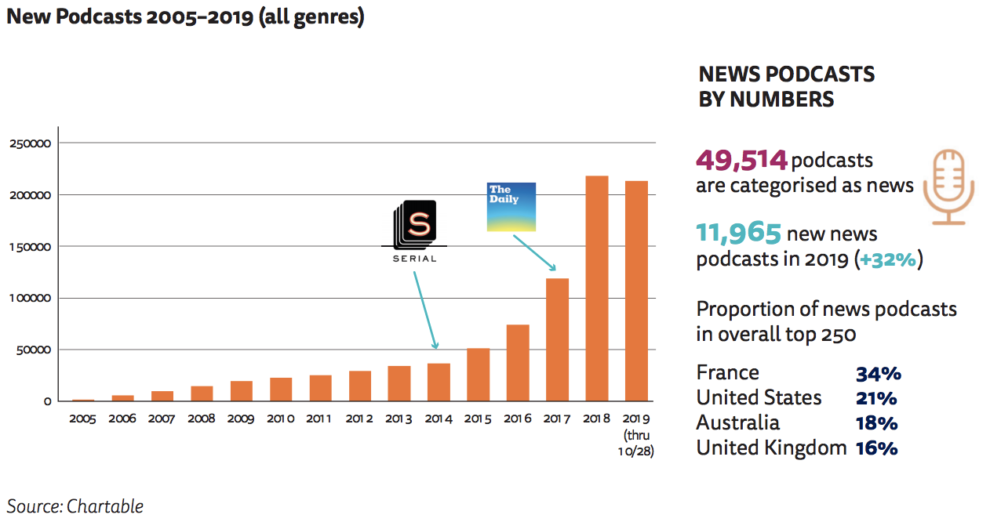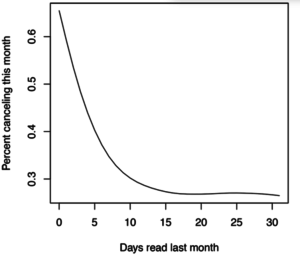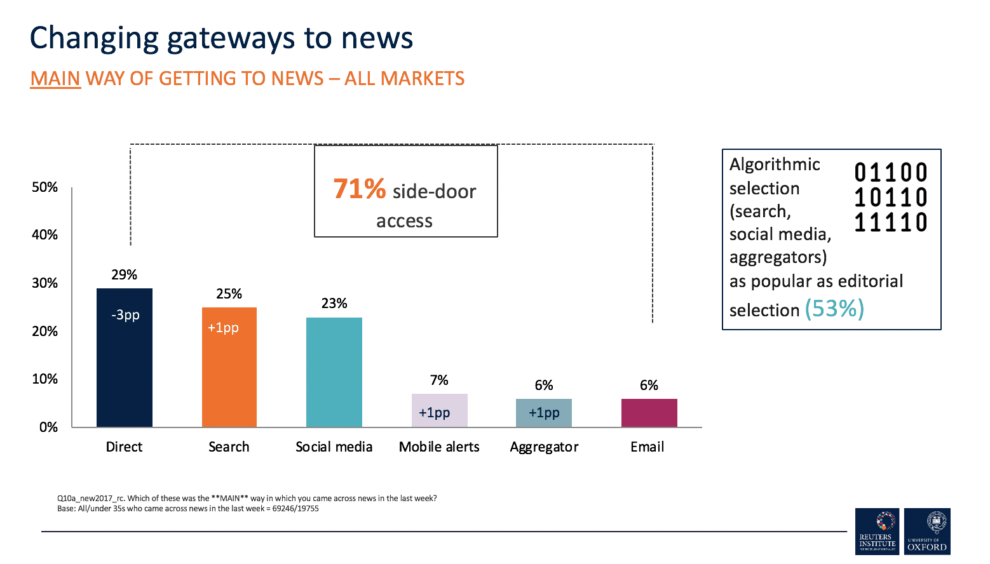Blog
6 trends from this year to keep in mind for your 2020 strategy
2020 will be here in just a few weeks, so we’re taking a minute to look back at how the news media industry has changed in 2019 and what this means for your future strategy.
1. Editions make a comeback
At Twipe, we have long been believers of the importance of editions in a publisher’s digital strategy so we have been happy to see in recent weeks the release of new digital edition products. Earlier this autumn, The Guardian launched its new daily digital edition for subscribers while The Dallas Morning News has just launched an evening digital-only edition. In Germany particularly, we have seen a strong growth in ePaper circulation with a 17% increase from Q3 2018 to Q3 2019.
Publishers, including Dagens Nyheter, are beginning to see that their digital edition readers are more loyal than other digital subscribers. On our own ePaper platform, we see average engagement times of 20-25 minutes — much more than publishers typically see on their websites!
2. Paywall blocking becoming more mainstream
Just when publishers had come to a relative consensus on how to deal with adblocking readers, now comes the paywall blocking readers. While readers have long tried to avoid paywalls, what’s new this year is the technology to enable easier avoidance of paywalls has become more mainstream.

To fight back, publishers such as The New York Times closed the ‘incognito leak‘ which allowed non-subscribers to access additional content by opening the articles in an incognito window. However Google then released an update to Chrome (the most popular web browser) that prevented publishers from detecting when readers were using incognito mode. This might lead to more hard paywall strategies in 2020 since only soft paywalls are vulnerable to the incognito workaround.
3. Further growth of news podcasts
We saw a big spike in news audio this year, with a 32% increase in news podcasts being released in the first 10 months. While news may not have picked up as much on smart speakers, with podcasts there is clearly still room for publishers to experiment. News podcasts still make up only a small proportion (6%) of overall podcasts, however they are heavily consumed. Of the most popular podcast episodes on the Apple charts (the industry standard for measurement), around a fifth were from news podcasts (21%).

We expect continual growth in news audio in 2020, especially as non-Anglophone countries begin to experiment more.
4. Leading publishers invest more in retention than acquisition
There is a growing industry consensus that publishers should invest 3-10x more on engagement than acquisition. However many publishers are only just starting to accept this, with a survey from INMA finding that 59% of publishers spend less on engagement than they do on acquisition. We expect in 2020 to see more publishers follow the lead of the Financial Times and others that now spend at 3x times more on engagement than acquisition.
Research from the Local News Initiative at Northwestern in the US found that frequency is the biggest predictor for retention. In the chart below, we can see a sharp decline between subscribers reading 0 to 10 days a month — the cancellation rate is cut by more than half. Between 10 days to 30 days, the cancellation rate holds steady.

5. New focus on habit formation
With the increased focus on retention has come a new focus on habit formation. We have spent the past few months interviewing leading publishers on their habit formation strategies and will be releasing this report in early 2020 (sign up to receive our report first).
Publishers have begun experimenting more with how to trigger such a daily reading habit, most successfully might be The Times and The Sunday Times. With our collaborative project “JAMES, Your Digital Butler“, the team at The Times was able to individualise the trigger to read the news. Using machine learning and artificial intelligence, JAMES served over 100,000 subscribers of The Times with individualised newsletters compiled from the content of the daily edition using several optimisation algorithms.
This project had a great impact on the business bottom line, with 49% less churn observed. In 2020 we will work to bring this technology to more publishers in the industry, let us know if you are interested in discussing JAMES further.
6. No appetite for aggregators
Publishers have learned from previous bad experiences with tech giants and were much more skeptical of handing over their reader relationships this year. When Apple News+ launched in the US, it was mainly magazines on the platform with just a handful of newspapers. This was no different when Apple News+ came to the UK. There are still many startups coming and going with the mission of becoming “Netflix for News”, but we are seeing less publisher participation. Readers however are more and more accessing news through such side doors, with only 29% of readers globally accessing news directly.

As publishers focus more on reader revenue strategies in 2020, we know that it will be those who are able to build a direct relationship with their readers that will be more successful in convincing their readers to subscribe. To do this, publishers will need to do two things: invest in their own product experiences and prioritise habit formation in their digital strategies. Today most people would rather pay for Netflix or Spotify over an online news subscription, if they could pick only one. The big question in 2020 will be how to provide a digital news experience worth paying for.
This article was written by Mary-Katharine Phillips, Media Innovation Analyst at Twipe from 2017 – 2021.
Other Blog Posts

Stay on top of the game
Subscribe to Twipe’s weekly newsletter to receive industry insights, case studies, and event invitations.
"(Required)" indicates required fields

